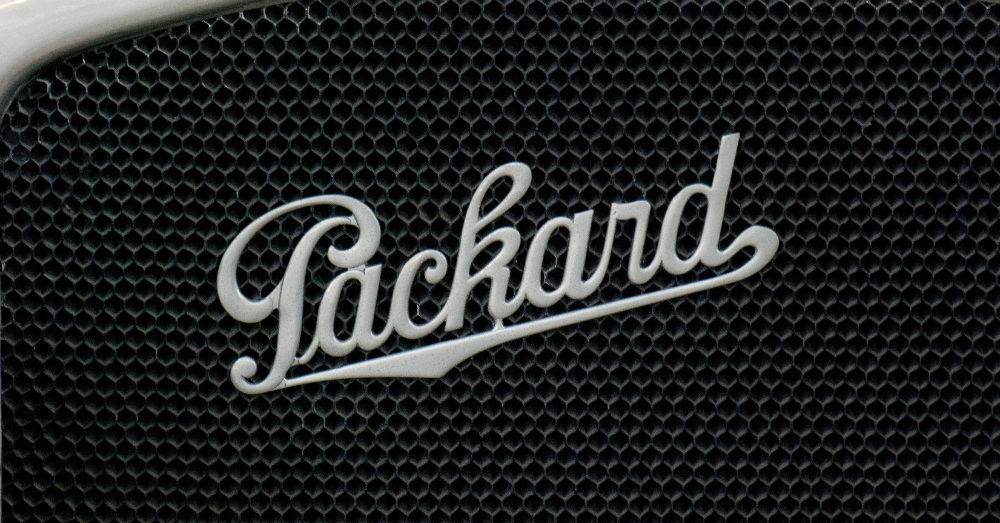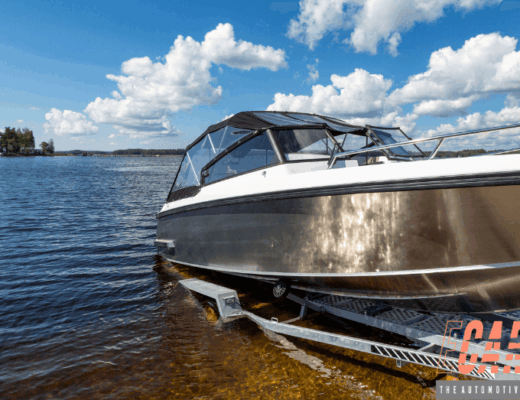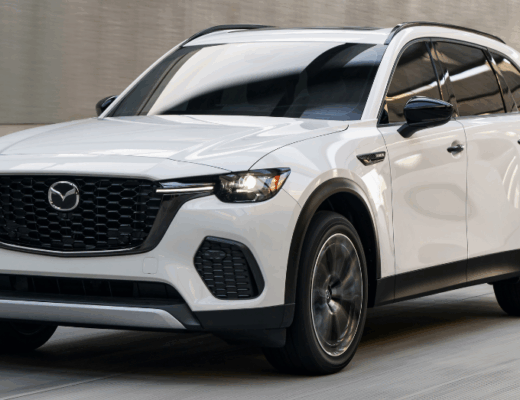For many decades the Packard name was one that was admired. This was the name for cars that carried in a smooth engine, a brilliant ride and the top of the luxury market. This was the car company that carried Presidents, the royal family of Japan and many dignitaries. As the most advanced car company in the world for many years it seemed this independent company had found its way to the hearts and minds of many of the car owners of the world to be a brand that we loved to admire and wanted to drive.
The Packard brothers opened their factory in Detroit in 1903 and had it tooled to build V12 engines by 1916. This engine was called the Twin Six and it was the source of many legends in the automotive world. While many companies were falling to the Depressions and the two World Wars that took place Packard survived them all while building Rolls-Royce Merlin engines under the license for the P-51 Mustangs. This made it so Packard came through World War II with a surplus of revenue and should have been ready to embrace this generation of car owners with some of the best Packard models ever.
Even though the company that was founded by James and William Packard in 1899 had survived all the horror of the world for nearly five decades it would only take four years for the Packard brand to die a horrible and quiet death. The problems began with Packard agreed to merge with Studebaker in 1955. At the time Studebaker was in debt and Packard agreed to take on this debt. The goal was to grow and be able to compete with the Big Three automakers. Because of this vision Nash and Hudson were also brought into the fray and the nearly formed a company called America’s Auto Union, but instead of this they formed AMC and Studebaker-Packard.
With this massive merger James Nance was in trouble as the challenge facing him to bring Packard back to the front of the luxury model race was an uphill battle. Another problem was the fact that there were too many different vehicles and ways to tool them at the newly formed company. The interest of the management of the company was to build cars that would appeal to everyone and create a volume player in the automotive market; which was a huge disaster.
The company was faced with some cars that looked as if the front end of a Packard had been married up with the rear end of a Studebaker and vice versa. These vehicles and those from AMC quickly became known as unreliable, poorly built and polarizing. The style offered didn’t help and some of the defenders of the Packard name eventually left and went to Ford, which sealed the fate for this brand once and for all.
The final car that was fully designed by Packard was a four-door Patrician and it was produced at Connor Avenue in June of 1956. For the next three years the Packard models were built in South Bend, Indiana at the Studebaker plant and offered as Studebaker-Packard models which didn’t make anyone happy at all. Eventually, in 1962, the Packard name was dropped from the company, giving the name a quiet and awful death that would never be revitalized at all. Studebaker moved on and continued to be a brand that many enjoyed for a few years, but both Studebaker and AMC eventually met their own form of demise in the market as the Big Three were just too much for them to compete with.
How was it that Packard fell so hard and so fast? The first problem was to partner with a company that was hemorrhaging money and the second was chasing volume instead of quality and brand image. This has caused the dissolve of many brands over the years, most recently Pontiac, Oldsmobile, Mercury and Plymouth. If there is one thing automakers need to learn from the Packard experience it’s to continue doing what has made them successful and not go chasing after volume or an identity that isn’t their own.
This post may contain affiliate links. Meaning a commission is given should you decide to make a purchase through these links, at no cost to you. All products shown are researched and tested to give an accurate review for you.




